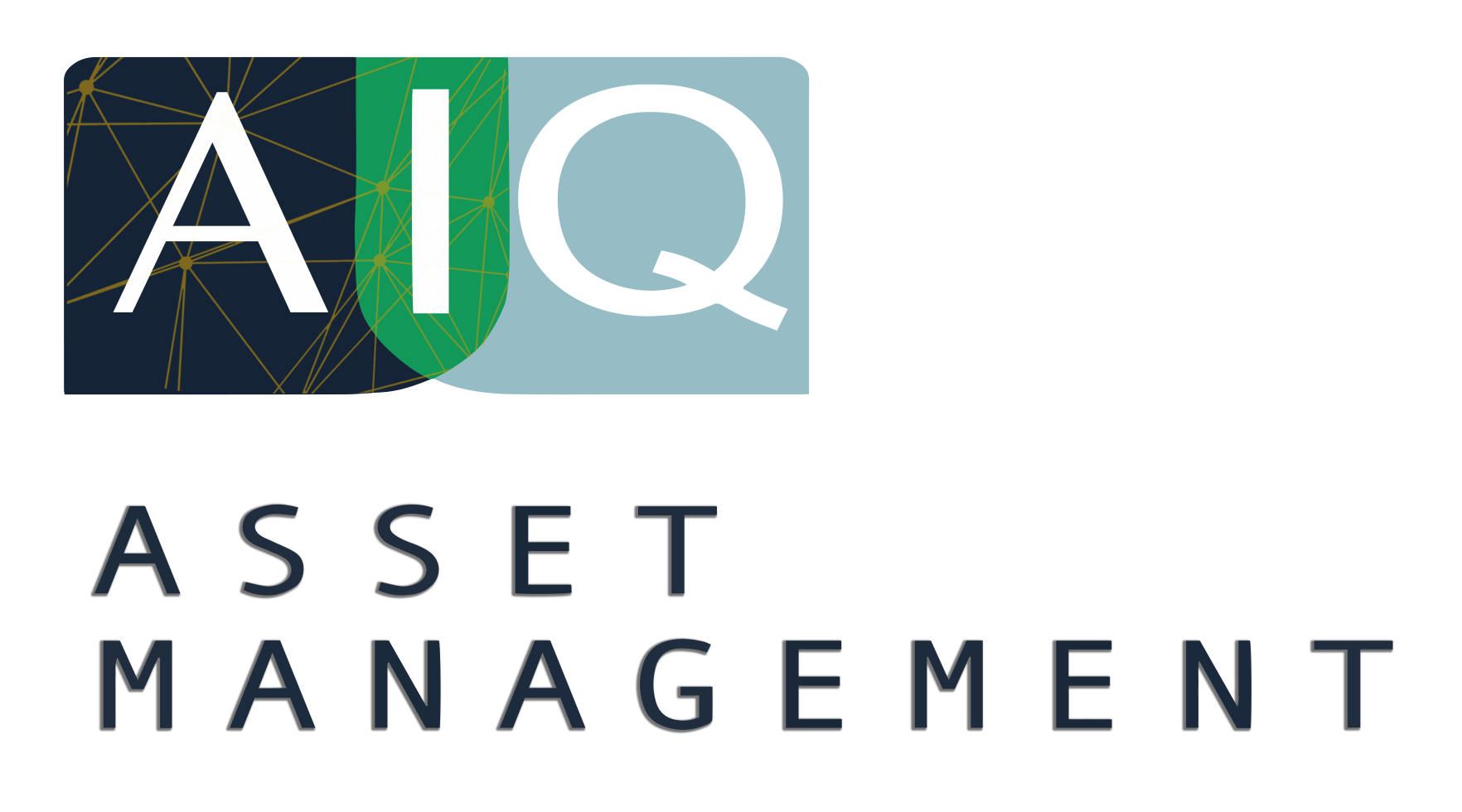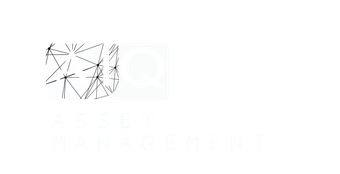A.I. Enhanced Human Insight
Welcome to AIQ Asset Management
AIQ was born out of the belief that the traditional asset management business, with its strict adherence to style box investing and set it and forget portfolios, is broken.
Its journey to improve risk-adjusted returns began in 2015 when one of AIQ's founding partners started utilizing the scale and power of artificial intelligence (A.I.) to augment and amplify fundamental research. The addition of decades of fundamental research experience, continued enhancements to the AI tools, and several years to integrate the historically independent and discrete investment disciplines have culminated in a finely tuned process designed to provide clients with better outcomes by solving for many of the pitfalls inherent in both traditional standalone quantitative and fundamental investment strategies.
This allows AIQ to offer highly differentiated portfolios tailored to individual client needs and risk tolerances at expense levels well below what is typically available for actively managed, separately managed accounts.
Our Approach
Our mission is to meet clients' financial objectives while taking the least amount of risk possible. We aim to accomplish this by combining the tremendous and rapidly evolving power of artificial intelligence with the irreplaceable intuition and experience of traditional fundamental analysis.
At AIQ, we believe it is important that these benefits are available to the masses at a reasonable cost and thus we have chosen to work with independent investors and select high net worth individuals.



These statements were not made by clients and do not guarantee future performance or success; no compensation was exchanged for endorsements.


